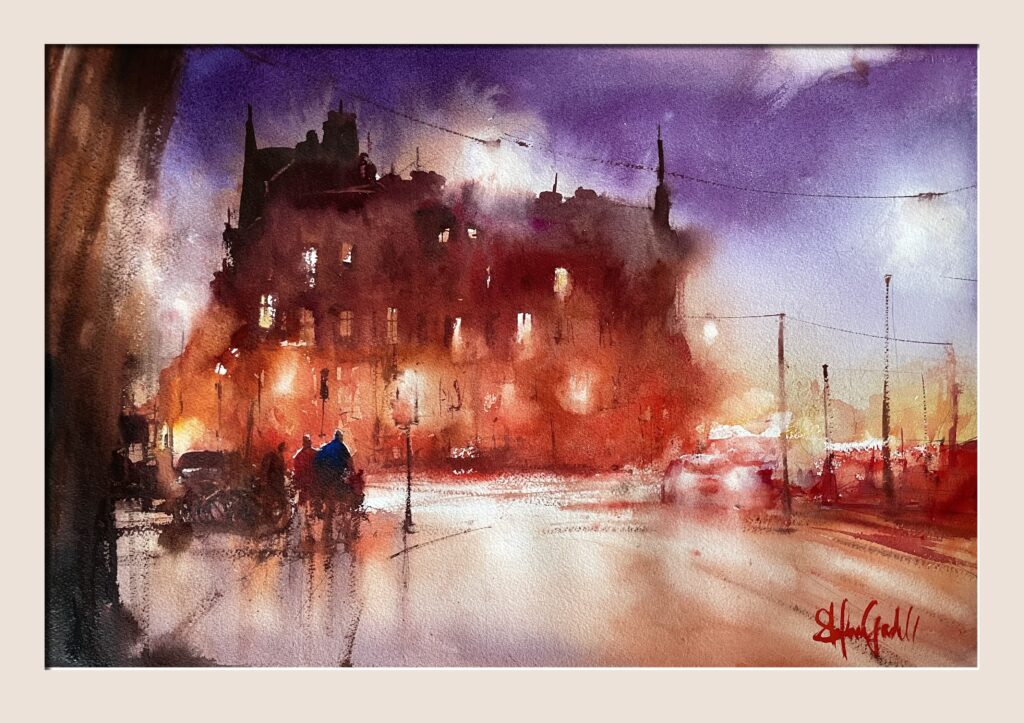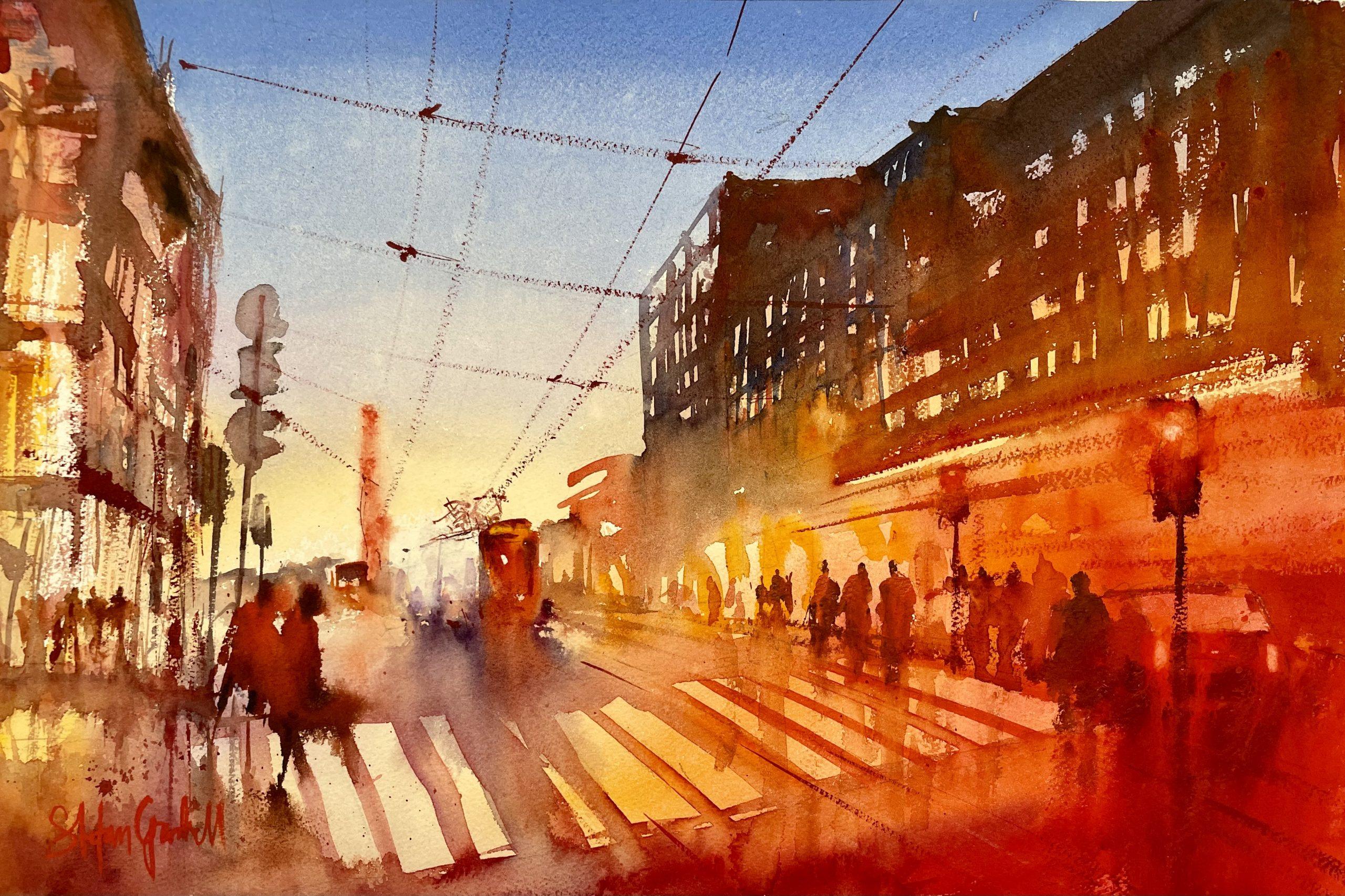Are you spending hours on a painting, but still unhappy with the result? Many painters, including myself, chase that elusive loose style that looks free and easy. In these four articles, I’ll share my approach to achieving it.
First, let’s define loose painting. It’s like a patchwork of shapes, washes, and brush marks that come together to create the illusion of the subject. This simple sentence reveals how we use the medium, helps us observe our subject, guides our thinking while painting, and outlines the criteria for a successful artwork.
Throughout these articles, I’ll walk you through the primary principles of watercolor, the foundation for any good painting, and the key to loosening up. The first principle is to paint shapes, not things. By focusing on shapes, both overall and smaller ones, and understanding their boundaries, color changes, and tonal values, we can develop loose paintings.
Break the subject into big, medium, and small shapes, as they form the underlying structure of a successful design. The smaller shapes add detail, but they should be treated as decorations on top of the larger ones. Don’t obsess over the shapes; it’s not an exact science, but it encourages beneficial thinking. Remember, the large shapes are crucial to the painting’s strength and design.
The question remains, how does this approach help us loosen up our painting?

Gadnell's Watercolor Newsletter
In my newsletter, sent out no more than six times a year, you’ll receive:
- Early updates about upcoming courses
- Priority access to new artworks
- Inspiring tips and useful insights into watercolor painting
It’s completely free, and you can unsubscribe at any time.
I warmly welcome you to join the newsletter!
Best regards,
Stefan

